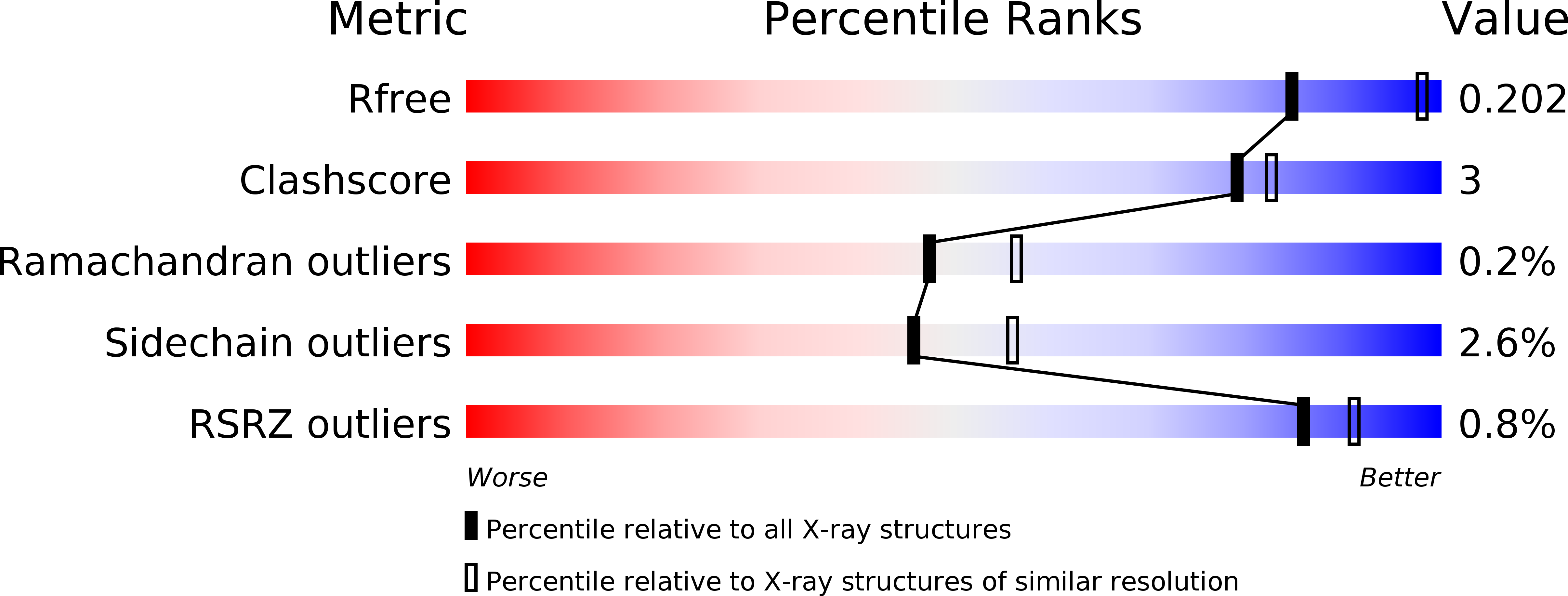
Deposition Date
2003-09-29
Release Date
2003-11-20
Last Version Date
2024-05-08
Entry Detail
Biological Source:
Source Organism:
STREPTOMYCES CLAVULIGERUS (Taxon ID: 1901)
Host Organism:
Method Details:
Experimental Method:
Resolution:
2.35 Å
R-Value Free:
0.19
R-Value Work:
0.15
R-Value Observed:
0.15
Space Group:
P 21 21 21


